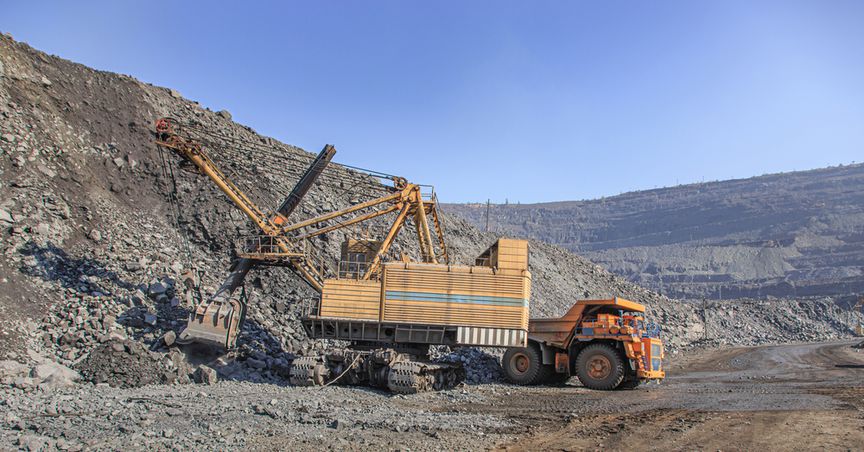Summary
- Rio Tinto may inadvertently trigger another community backlash with its weak response to the destruction of rock shelters, known as Juukan 1 and Juukan 2.
- The Company has decided to trim bonuses of Jean-Sébastien Jacques (CEO) and some other senior executives in response to the recent destruction of Aboriginal caves in the Pilbara Region.
- Rio blasted the Juukan 1 and Juukan 2 rock shelters while conducting expansion activities for the Brockman 4 mine, which soon triggered strong reactions from stakeholders and relative authorities.
- Besides identifying shortfalls that led towards destruction of the caves dated 40,000 years back, Rio has also identified some key areas requiring improvement.
Rio Tinto Limited (ASX: RIO) is once again making to headlines, but this time it is not the iron ore business that is making Rio the talk of the town. The company has finally announced actions concerning the blast of Aboriginal caves, leading to a bonus cut of Jean-Sébastien Jacques (CEO) and some other senior executives.
In its submission to the Australian Parliamentary Inquiry, Rio suggested that the Company would take strong actions against those responsible; however, the weak response from the behemoth miner may now trigger a cascade of unintended consequences through community backlash.
To Know More, Do Read: Rio’s Submission to Parliamentary Inquiry – A way Forward for Ethical Mining?
The miner, which recently overtook Vale to become the world’s largest iron ore miner, came under community backlash after the destruction of Juukan Gorge caves in May, as part of extension activities for its Brockman 4 mine in the Pilbara Region, WA.
To Know More, Do Read: Rio Tinto Under Community Backlash After Blasting Indigenous Site
While the Company had met all legal requirements for the blasting of indigenous caves, it faced the impact of public distress and investors’ backlash. Rio was alleged of putting profits ahead of the heritage, a view that further cemented over the revelation that the miner had alternatives.
However, responding to the criticism and community backlash, Rio instigated a board review to examine the internal heritage management and improve the effectiveness of internal processes and governance.
Findings of the Internal Board Review
Rio mentioned that it had obtained a legal approval to disturb the Juukan rock shelters as part of the development of the Brockman 4 mine area in December 2013; however, identified that the Company failed to meet some of its own internal standards and procedures in relation to the responsible management and protection of cultural heritage.
Also, as per the internal review, some decisions and judgement in different points in time over a long period lacked contextual awareness and linked-up decision-making.
Three pivotal decision-making phases that fanned the events were:
The first critical phase was related to the finalisation of the mine design for Brockman 4 Pit 1, in which, four pit options were considered, in 2012 -2013. As per Rio, three options avoided the Juukan 1 and Juukan 2 rock shelters to varying degrees.
- The Company suggested that though the mine plan was finalised in conjunction with PKKP community and all relevant legal permissions obtained, the plan did not meet Rio’s internal standard; thus,
- A review of that mine design decision should have been initiated considering a full risk assessment of heritage and social risks.
The second critical phase was in 2013 – 2014, when material new knowledge and understanding of the Juukan Gorge came to light, especially owing to the preliminary archaeological reports of Dr Slack in 2014. The reports identified the Juukan 2 rock shelter as “one of the most archaeologically significant sites in Australia”.
- Rio’s internal review suggested that the material new information should have led to a re-consideration and adjustment of the decision.
The third critical phase was in 2018 -2019 when Rio received Dr Slack’s final report, which amplified the conclusions reached in the preliminary reports of 2014.
- The report described the Juukan 2 rock shelter as – “the highest archaeological significance in Australia” containing “a cultural sequence spanning over 40,000 years”.
- Rio’s internal review suggested that these changing realities in the period from 2018 should have prompted an internal review concerning implications of the new ethnographic and archaeological reports for the Brockman 4 mine development plans, and especially their timing and sequencing.
The new insights and developing material knowledge related to the Juukan 2 rock shelter, provided a considerable basis for reassessing the mine plan for Brockman 4.
The fact it did not happen, reflects shortfalls in linked-up decision-making within the organisation, and standards of governance and accountability.
Identified Priorities for Change
Rio suggested that root causes for destruction of the Juukan 1 and Juukan 2 rock shelters in May 2020 highlighted changes required in the cultural heritage management.
- The causes further reflect upon that changes are required in the approach of the miner while interacting with landowners and First Nations people, in standards that the Company follow, along with comprehensive heritage risk assessments that it embeds in the decision-making process.
On rebuilding trust in the Company, Rio will continue interacting with the PKKP with its senior management liaising closely with PKKPAC Executives and PKKP Traditional Owners.
Additionally, the Company suggested that it would now further improve its process and work practices to achieve optimal efficiency in the organisation. Moreover, Rio plans to enhance standards and oversight process to avoid any future happening of such an event.
In a nutshell, while Rio has identified key areas for improvement, the weak action of trimming the bonus of senior executives might spark a community backlash once again. The destroyed sites held significant importance for local communities, and Rio has been liaising closely with PKKPAC Executives and PKKP Traditional Owners.
The event has once again diverted the attention of authorities towards much-needed protocols and processes to safeguard the destruction of such valuable sites across the continent.
Also Read: FMG Loses Bid Against Federal Court Ruling Over the Aboriginal Land
On 31 August 2020 (AEST 01:18 PM), RIO stock traded at $ 98.170, up 0.296 per cent from its previous close. The stock has delivered a return of more than 12 per cent in the last six months.




